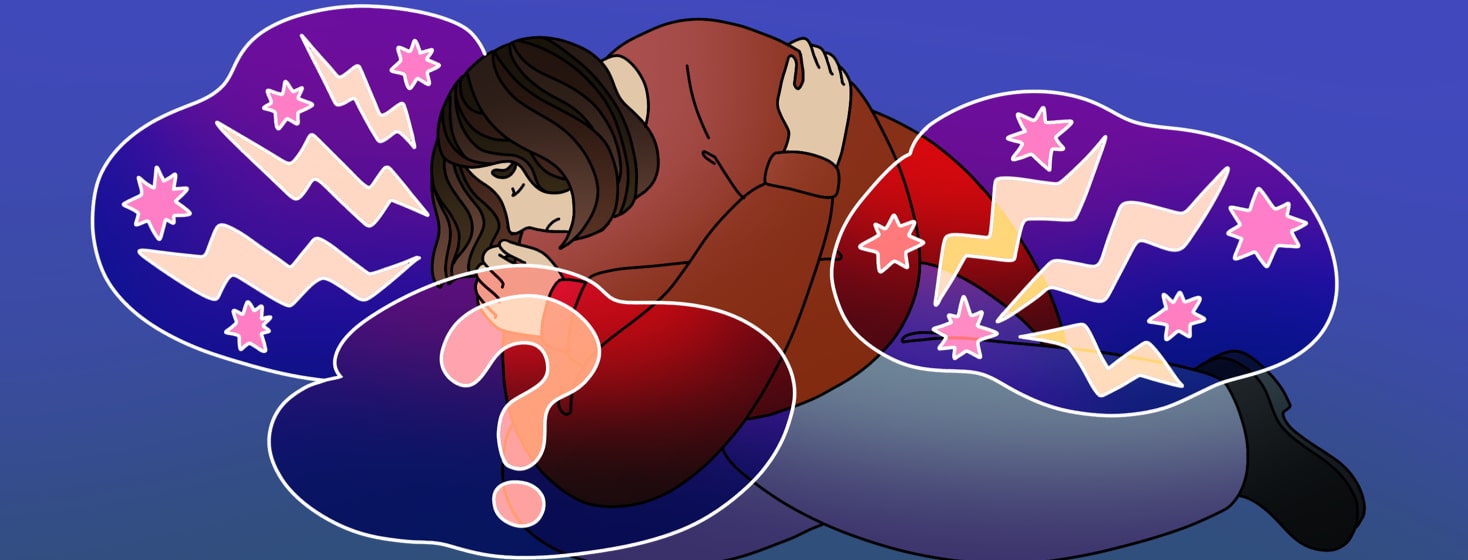Osteoarthritis vs. Psoriatic Arthritis: What Is the Difference?
Reviewed by: HU Medical Review Board | Last reviewed: August 2022
Diagnosing psoriatic arthritis (PsA) can be a challenge because several arthritic conditions have similar symptoms. PsA is often misdiagnosed as rheumatoid arthritis (RA), gout, or osteoarthritis (OA).1
OA is the most common type of arthritis. While telling it apart from other arthritic conditions like PsA can be hard, there are differences.1,2
PsA is unique due to the types of joints it affects and the presence of psoriasis (itchy, scaly rashes on the skin). But diagnosis can be difficult, and it takes time.1,2
Understanding the underlying causes
PsA is caused by an overactive immune response in the body. This leads to joint stiffness and swelling, often in the smaller joints of the fingers and toes. Sometimes it gives them a “sausage-like” appearance. This is called dactylitis.2
OA is the result of wear and tear to joints over time. OA primarily affects weight-bearing joints, such as the hips, knees, spine, and neck. With OA, the cartilage between the bones and the joints breaks down.2
Cartilage helps to keep joints and bones cushioned and allows them to function without friction. When it breaks down, it can lead to clicking or brittle joints.2
Age of onset and risk factors
PsA can occur in people of all ages. But it is most common in people aged 30 to 50. Because OA is a result of wear and tear on the joints over time, it usually affects older adults.2
The risk factors for developing each condition also vary. The risk factors for PsA are believed to be a combination of:2
- Genetics
- Previous trauma to the body (such as viral or bacterial infection)
- Certain medicines
- Chronic stress
The risk factors for OA include:2
- Advanced age
- Obesity
- Previous joint injuries or deformities
- Repetitive motions
- Genetics
Symptoms
PsA and OA are similar in that they cause pain in the joints. But there are clear differences between the 2 conditions. With PsA, symptoms come and go. People with PsA may have periods of flare and remission. OA, on the other hand, gets worse over time.2
Symptoms of PsA include:2
- Joint stiffness, especially in the morning
- Painful joints that are swollen and warm to the touch
- Skin psoriasis
- Fatigue
- Dactylitis
- Changes to the nails (nail pitting, nail detaching from the nail bed)
Symptoms of OA include:2
- Joint pain and swelling, especially after activity
- Pain that gets worse over time
- Clicking, crunching, or popping sound when moving the joints
- Joint changes, such as bone spurs
Diagnosis and treatment
The methods used to diagnose and treat OA and PsA differ. A diagnosis of PsA often follows a diagnosis of psoriasis. Diagnostic tests can rule out other conditions. For example, a blood test can rule out RA.2
OA is easier to diagnose. There are several ways to detect the joint and cartilage destruction it causes, such as:2,3
- X-rays
- Magnetic resonance imaging (MRI)
Due to their different causes, PsA and OA require different treatments. PsA treatment focuses on lowering inflammation in the body. Doctors use treatments like:2,3
- Non-steroidal anti-inflammatory drugs (NSAIDs)
- Steroid injections
- Biologic drugs
- Disease-modifying anti-rheumatic drugs (DMARDs)
OA treatment focuses on relieving pain. To treat it, doctors may use:3
- Acetaminophen (Tylenol, etc.)
- NSAIDs (ibuprofen, Advil, etc.)
- Duloxetine (Cymbalta®) for chronic pain
- Joint injections
- Joint replacement surgery for severe cases
Physical therapy and lifestyle changes
In addition to the drug treatments listed above, both PsA and OA can benefit from physical therapy and healthy lifestyle habits. For example, eating a healthy diet and maintaining a healthy weight can relieve stress on the joints.2,3
It is common to confuse PsA with other conditions like OA. Stay educated about your condition and aware of your symptoms. If you notice any changes in your joints, tell your doctor.
Community Poll
When it comes to living with multiple health conditions, I've found my:

Join the conversation